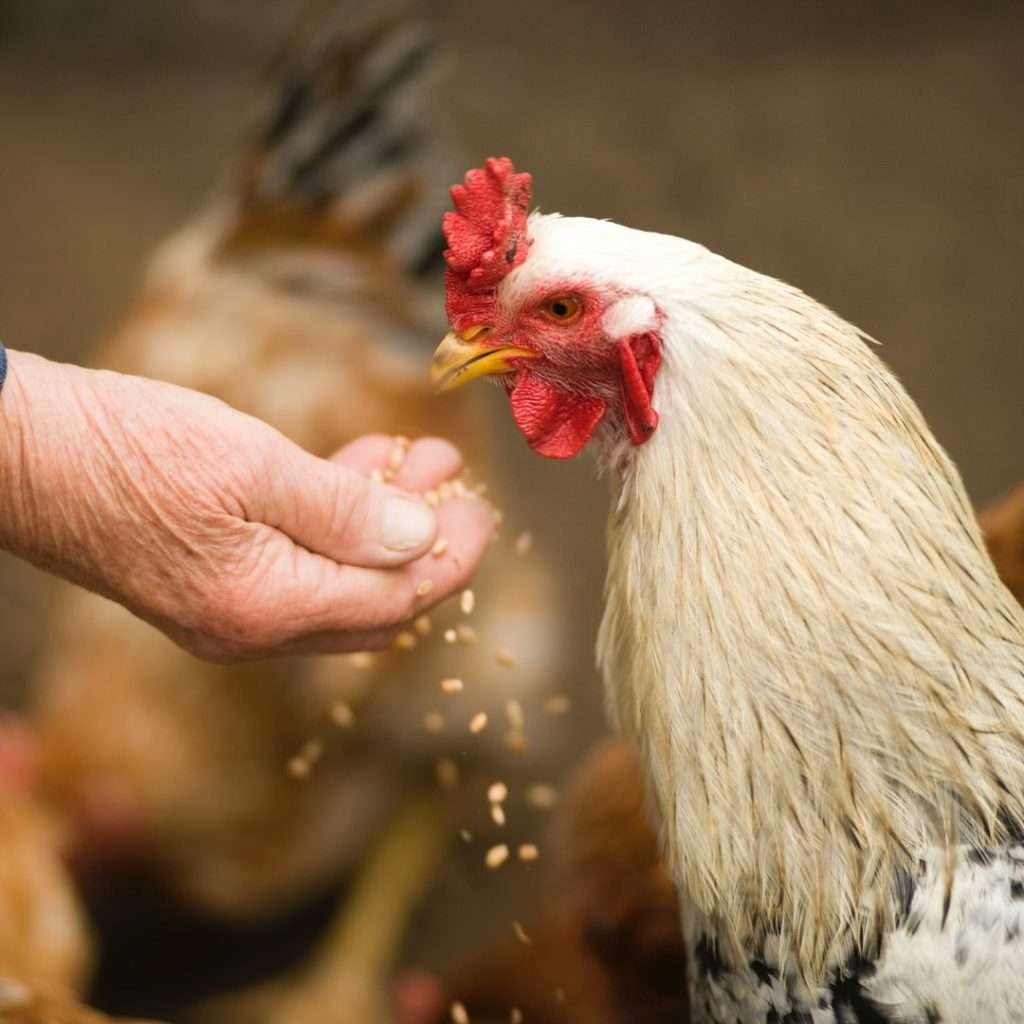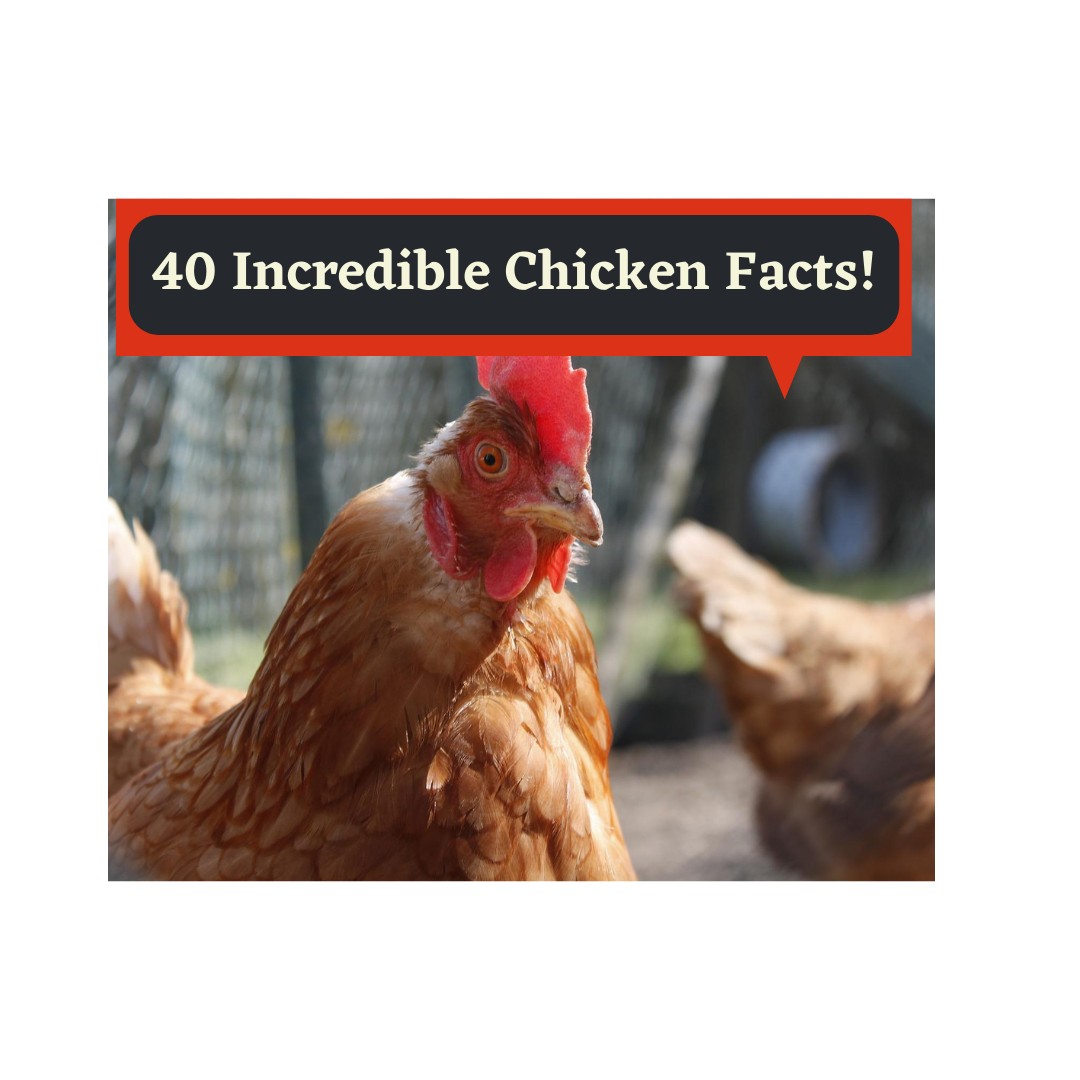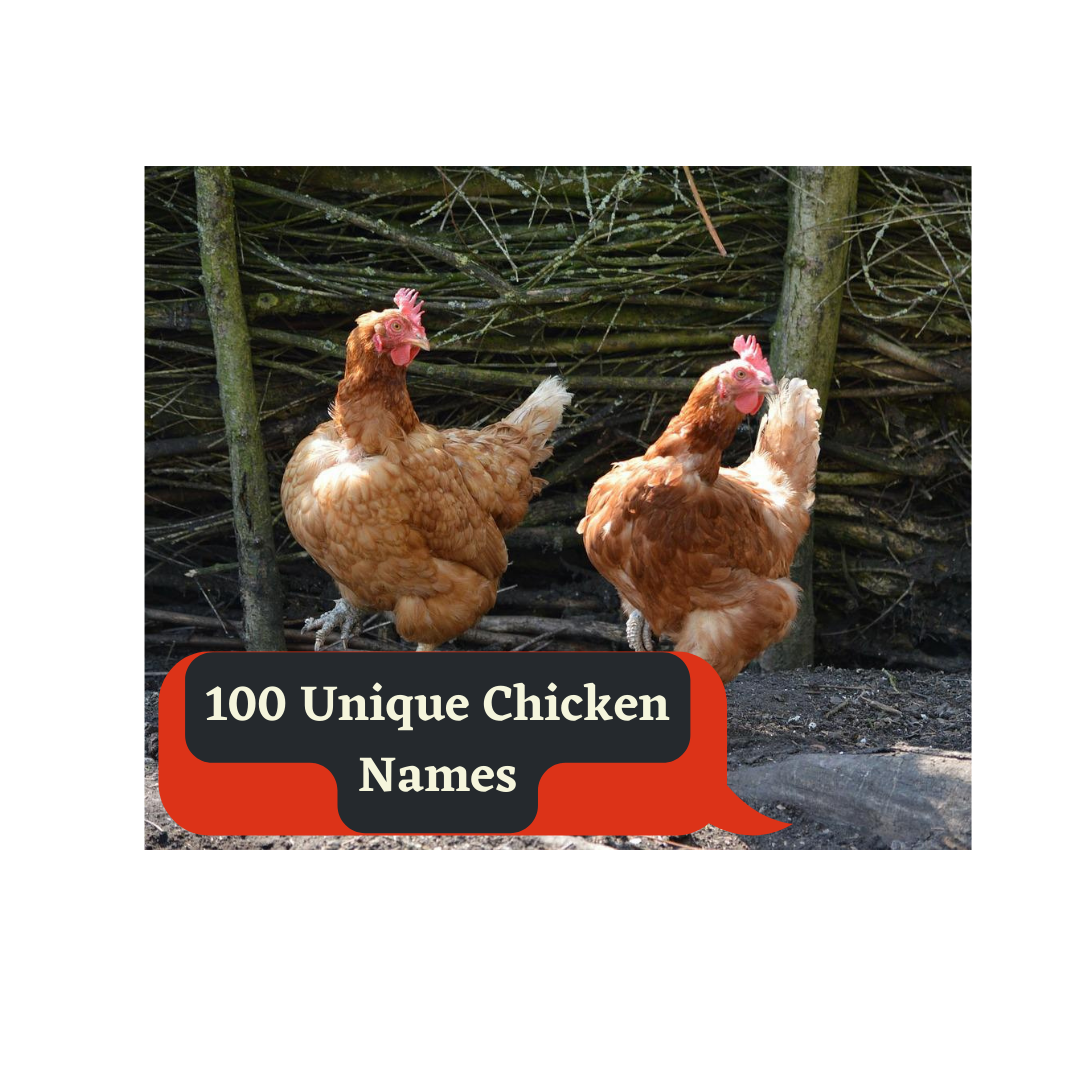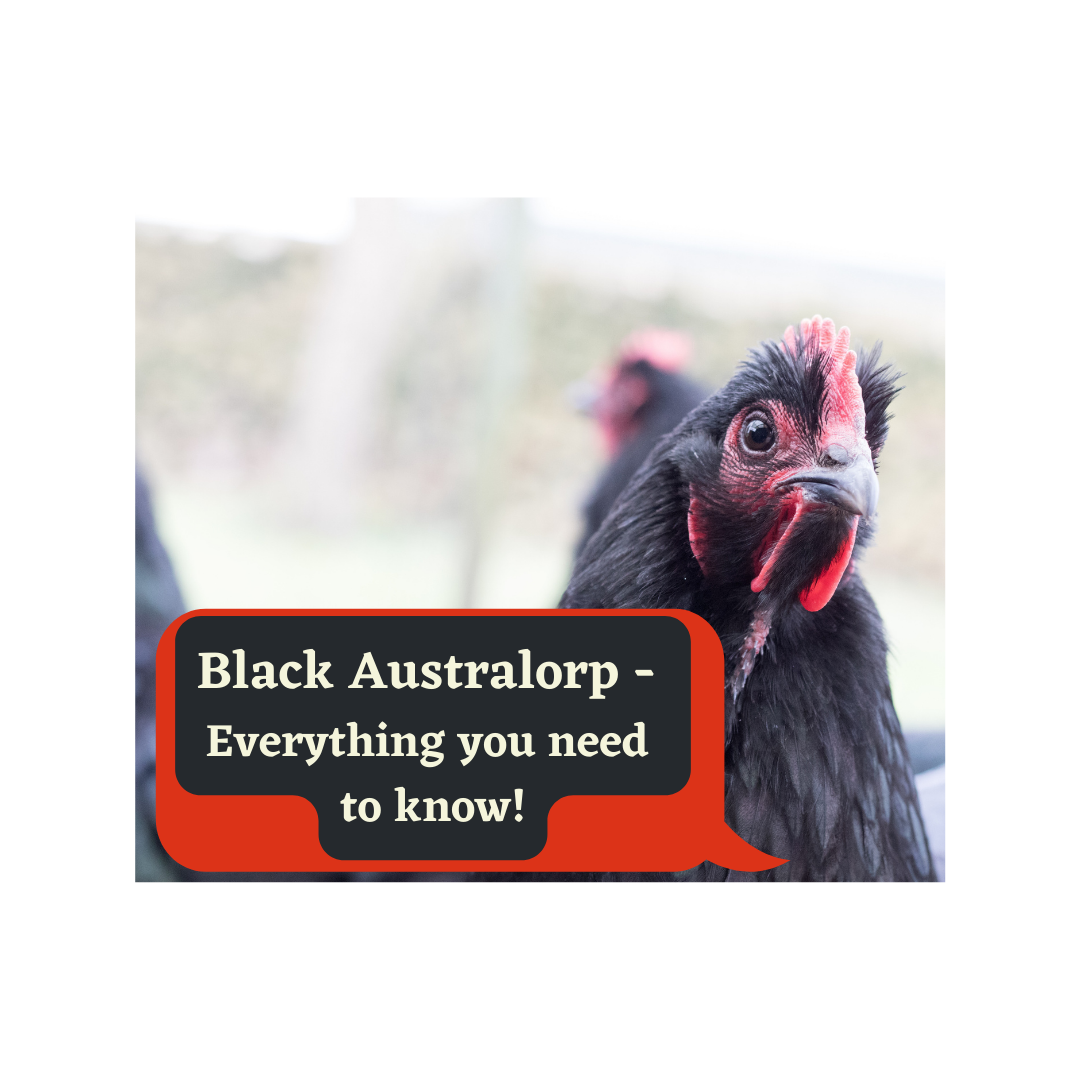Your Guide to Chicken Care
Your flock deserves the best possible care and we are here to help!
As featured in:




See Our Guides by:

Who Are We?
We are passionate about chickens and giving them the best care possible! That has meant years of experience in chicken care and research along the way.
Now we are here to share it with you to enable you to make the best decisions for YOUR FLOCK!















